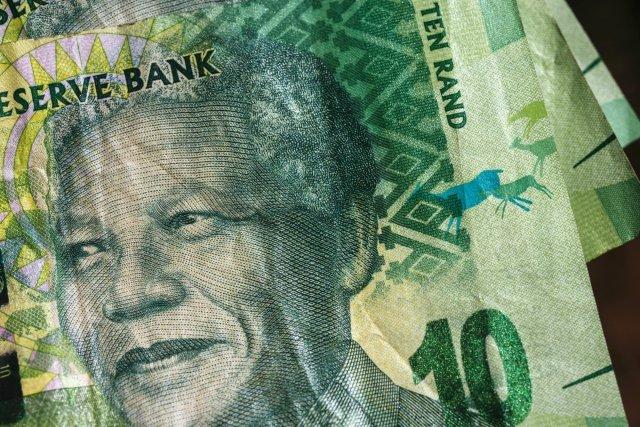
As South Africa battles the twin effects of illness and lockdown, the time is ripe to consider carefully how and where South Africans spend their money, writes Catherine Wijnberg, director and founder of the Fetola Foundation.
There are those who have lots, and those who have little, yet if people understood the power of a single Rand to change the future of the country, everyone might spend it very differently.
In 2015, a paper on the negative impact of shopping malls on local economies used research from India, USA and South Africa to explain how the arrival of a glamorous mall sucks the money out of the local community and pulls it away, into the coffers of big business.
The counterargument in favour of malls is that small, rural and township dwellers deserve first world shopping, which provide local jobs and convenience, entertainment and better pricing than traditional high street shops.
Most township residents would certainly vote for glorious first world shopping and low prices, at least in the first year. By year three however they might notice, for example in the small town of Grabouw or Knysna perhaps, how the main street is deserted. Small businesses that had thrived there for generations are now reduced to mere shells of their former self and replaced by those selling counterfeit, imported T-shirts or cheap bling.
The money circulating locally has dwindled, small businesses have closed, many jobs have disappeared, and local wealth departed along with them.
By year four or five, the shopping malls also suffer as local buying power is depressed along with the lower employment rate, resulting in an overall downturn in spending.
For those who need more convincing, it is important to look at the maths of it. In basic terms it works like this – in the days before the arrival of malls and major chain stores, Mary would spend R10 at the baker; who (assuming a 10% profit retention); would spend R9 at the butcher; who would spend R8 at the tailor; who would spend R7 at the school; who would spend R6 at the stationery store; who would spend R5 at the farmer’s market and so on. A simple illustration of how one R10 note can create wealth ten times over.
Local wealth
In today’s reality (especially in poor communities such as the Eastern Cape where up to 60% of the population live off social grants and there is very little local economic activity), Mary gets R10. She spends R7 at the local Boxer store where R2 of her money goes to a local shop wages, R5 goes to national suppliers elsewhere in the country and R1 goes to shareholders at the JSE.
She also spends R3 to buy data at MTN, so all that money goes to MTN headquartered in Gauteng. None of her R10 circulates in the local economy so no one other than Mary benefits from it. Money in equals money out and there is zero local wealth creation. Mary’s R10 didn’t stay in the local community for even one day.
This is not just a South African phenomenon though. In America: “Currently, a dollar circulates in Asian communities for a month, in Jewish communities approximately 20 days and white communities 17 days. How long does a dollar circulate in the black community? 6 hours!
African American buying power is at 1.1 trillion; and yet only 2 cents of every dollar an African American spends in this country goes to black owned businesses.”
This indicates that this is more than a mere economics problem, but a social and cultural one – why do some communities care for each other, by shopping local and others not? Is it because South Africans simply haven’t understood the power of that rand in their hand, or is something else at play?
Why supporting local matters
It is time to ask the question of rich and poor alike: “If I knew this R10 could change the lives of ten other families in my community simply by spending it locally in a small spaza shop, a corner café or a farmer’s market rather than at a mall, a chain retail store or a chain restaurant then why am I not doing that?”
By supporting small independent businesses in our community, encouraging citizens to trade with other local businesses using local collaboration platforms, local discount cards, and pleasurable local entertainment will build stronger, supportive human communities, generate local jobs, and ensure that our money circulates so that ten families can benefit from every R10 that enters the system.
Shopping malls can also develop more viable long-term strategies such as those showcased by the V&A Waterfront in Cape Town, who have improved their lasting appeal and built a more sustainable and healthy surrounding economy by actively encouraging a diverse mixture of smaller businesses, and ensuring their survival with business support in a win, win, win for the mall, the small shops and consumers.
Recovery and regrowth of South Africa’s economy is our responsibility; now that you know the power of your money, where are you going to spend your next rand?
- This article first featured on Bizcommunity, and can be found here
Read: Nedbank chief economist on the role of South African banks in a post-Covid-19 economy


